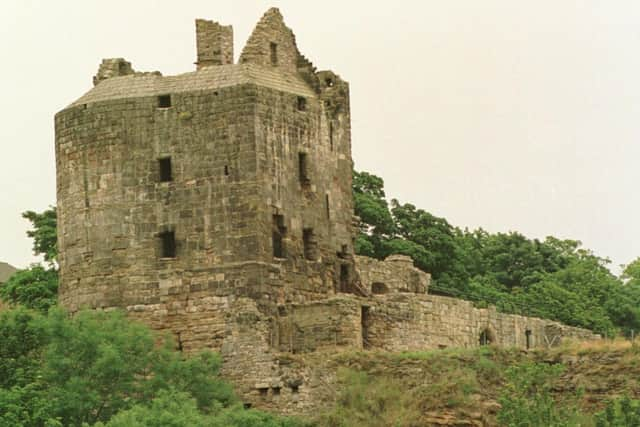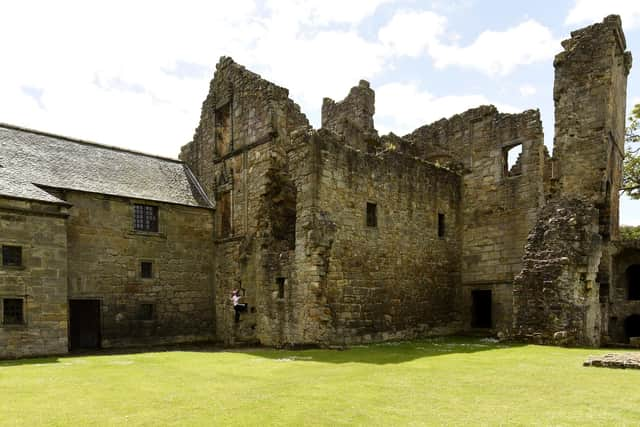New surveys to determine impact of climate change on historic Fife properties
and live on Freeview channel 276
The nine properties involved include Aberdour Castle, Ravenscraig Castle in Kirkcaldy, and St Andrews Cathedral.
The new approach comes from Historic Environment Scotland (HES).
Advertisement
Hide AdAdvertisement
Hide AdA programme of tactile condition surveys will assess the extent of deterioration of high-level masonry and ensure public safety against the risk of potentially unstable building fabric.


Restricted access will be in place to allow the surveys to take place as part of a national programme involving over 200 properties and sites across Scotland.
Scotland’s public heritage body believes the programme is a pro-active step towards transforming the way the nation’s most precious places are protected, repaired and experienced in the face of accelerating decay from climate change.
The tactile survey programme is the result of ongoing risk assessment and sample surveys.


Advertisement
Hide AdAdvertisement
Hide AdIt will assess the impact of climate change and the scale of deterioration caused by a number of other factors, including the materials used in the building’s construction, its age and physical location.
It is anticipated that remedial works could require significant investment over multiple years and, in some instances, require a different management approach to be taken than before.
HES had started to carry out the assessments in 2019.
Post-lockdown, work was restarted and surveys conducted in Spring 2021 identified potentially dangerous fabric at high level, leading to immediate access restrictions at 20 properties for inspection to ensure visitors and staff were not exposed to any possible risks.
The sample surveys confirmed to conservation specialists at HES that the type of deterioration being seen could only be properly assessed by hands-on surveys and that the traditional ways of inspecting at high level, such as visual inspection from the ground or by drone, while useful, are not as accurate.
Advertisement
Hide AdAdvertisement
Hide AdDr David Mitchell, director of conservation at HES, said: “Our routine inspections are increasingly revealing the deterioration of building fabric at high level.
“While our changing climate is not the sole reason for deterioration, it has certainly accelerated it and brought the issue to a head.
“Historic properties are inherently fragile by their nature, often ruinous and standing at exposed locations. We face a constant battle against time and the elements.”
HES is one of the first heritage bodies tackling this issue head on and the difficult choices it will lead to.Added Dr Mitchell: “We are taking proactive action now to assess the nature and scale of the immediate challenge and to explore a range of solutions and options. It is inevitable our approach to protecting historic buildings will have to change; we need to reimagine how we manage these historic and much-loved places.
Advertisement
Hide AdAdvertisement
Hide AdA range of solutions is needed, including repairs, investment, and new and innovative interventions. In some cases, reduced physical access and accepting the natural process of decay will need to be considered.”
The other Fife sites affected are Culross Abbey, Inchcolm Abbey, St Bridget's Kirk, Blackfriars Chapel, and St Andrews Castle.
